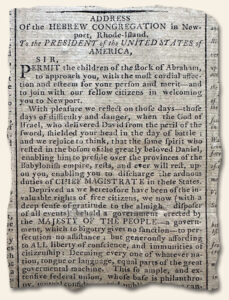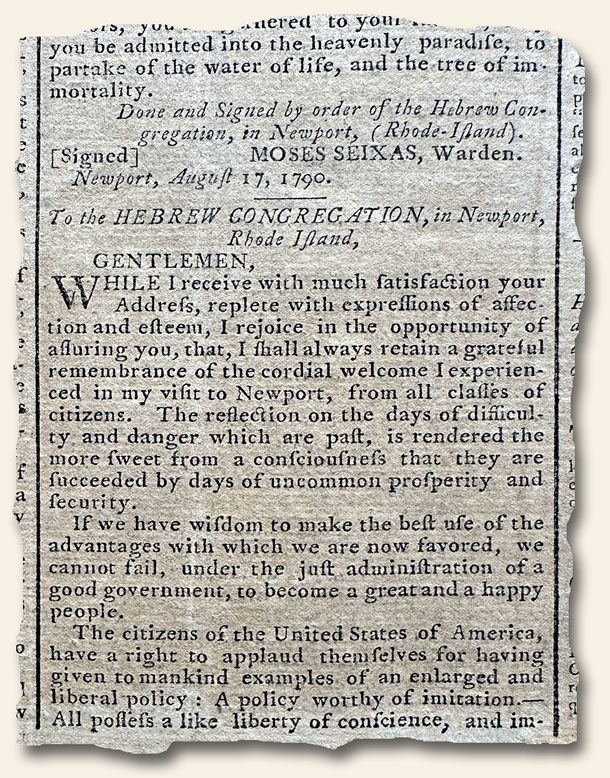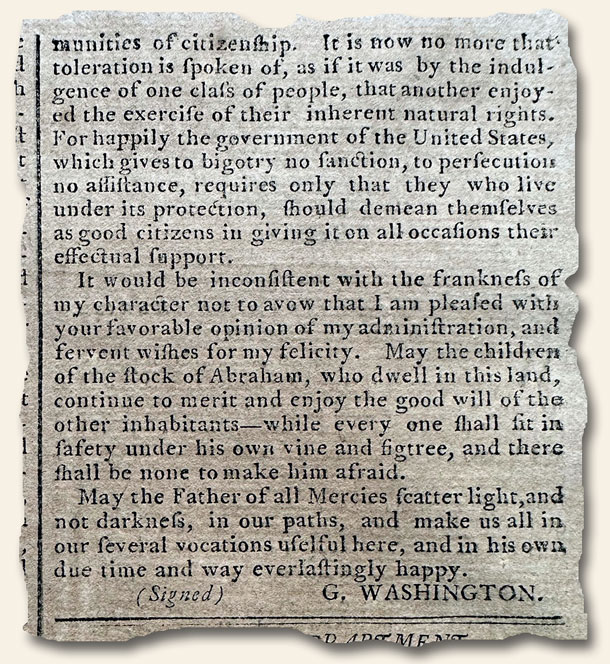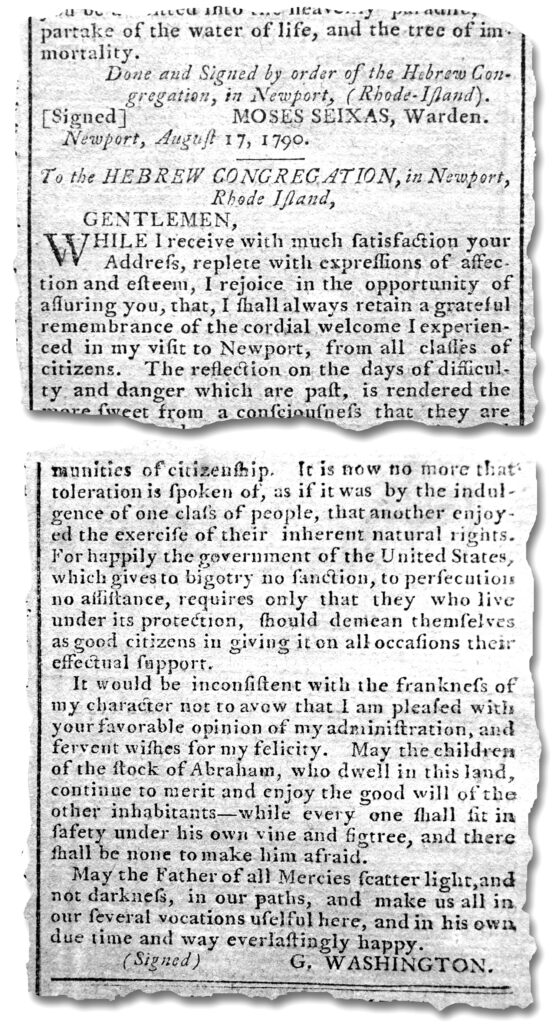A Picture Paints a Thousand Words… The Beginning of a Series…
August 12, 2024 by Laura Heilenman · Leave a Comment
On March 22, 2021, I created a post titled, “A Picture paints a Thousand Words”. Using that post as a jumping off point, today begins a series of the same name. Of course, by calling this a “series”, the pressure is on to (somewhat) regularly find front pages worthy of this age-old adage. However, here I go…
There are issues we come across in the Rare Newspapers Archives in which the image on the front page stops us dead in our tracks. The event may be new to us or a historical event of which we’re familiar. However, regardless of the category the images fall into, their impact gives us cause us to stop and contemplate what is before us. Sometimes the pause brings a smile… sometimes it brings a chill. Either way, these newspapers (often front pages) were able to capture the entirety of the impact the journalist and publishers hoped for with just an illustration or photo.
My 1st choice to kick off this series is a bit of an obvious one. As a hint, this event brought forth the dramatic statement of, “Oh, the humanity!” and was captured in THE EVENING BULLETIN, May 7, 1937.

This Month in History – August…
August 5, 2024 by GuyHeilenman · Leave a Comment
 We often are asked how we find newspaper reports covering such a wide variety of topics. Part of the answer is simply longevity. We’ve been collecting and offering issues for a half-century, and time itself as helped us amass an extensive database of notable events. Customer requests, what we’ve learned in school, the news, historical books and movies, etc. have all contributed to the cause. However, our capacity for discovery exploded with the development of the internet. Thanks to an abundance of historical websites, we can now search by day, week, month, era, event, and more in our quest to “mine” our archives. One such resource (among many) is The History Place. Through this online database one can find events by the day, week, month, and year.
We often are asked how we find newspaper reports covering such a wide variety of topics. Part of the answer is simply longevity. We’ve been collecting and offering issues for a half-century, and time itself as helped us amass an extensive database of notable events. Customer requests, what we’ve learned in school, the news, historical books and movies, etc. have all contributed to the cause. However, our capacity for discovery exploded with the development of the internet. Thanks to an abundance of historical websites, we can now search by day, week, month, era, event, and more in our quest to “mine” our archives. One such resource (among many) is The History Place. Through this online database one can find events by the day, week, month, and year.
As each month approaches we often access this (or a similar) resource to search for new/fresh topics to explore. In our most recent effort, we search for historic events, discovers, accomplishments, etc. which occurred in the month of August. Our results were found here: The History Place – Month of August.
If you take a few moments to scan their index of August events, perhaps you’ll see an overlap between some of those shown and our currently listed newspapers dated in August through time (see below). If you decide to explore, we hope you enjoy.
NEWSPAPERS PUBLISHED IN AUGUST
Announcing: Catalog #345 for August, 2024 – Rare & Early Newspapers…
August 2, 2024 by GuyHeilenman · Leave a Comment
|
|
[The links above will redirect to the latest catalog in approx. 30 days
upon which time it will update to the most recent catalog.]
The reason I collected it: The Spirit of ’76…
July 29, 2024 by TimHughes · Leave a Comment
I have always been intrigued by newspapers with unusual, huge, patriotic, or simply beautiful mastheads. They always make for very displayable items.
This issue from New York, dated September 3, 1835, certainly fits the patriotic category and was added to the private collection for that reason. It features a heraldic eagle with a 7 1/2 inch wingspan, a scroll reading “The Spirit of ’76” in its beak, the US. flag in its talons, and a small portrait of George Washington.
A quite rare title as this is the only issue we have located in our approx. half-century of collecting. It appears to have lasted for just one year, this being the volume 1, number 113 issue. I only wish we had hundreds more!
Deciding which newspapers to offer – Bond Hall Explosion edition…
July 26, 2024 by GuyHeilenman · Leave a Comment
We are often asked how we decide which newspapers from our archives to collect and/or offer to other collectors. The answer is quite involved. Is it rare, and if so, is it desirable? Is it historic? A large portion of collectible issues relate to the plethora of events we all learned about in grade school. Does it tell of a sports or political milestone… a broken record… a tragedy… a discovery… an invention? Does it have content related to another collectible (ex., model train enthusiasts love to add newspapers featuring coverage of the development of the railroad). If the answer to any of these questions (and similar) is yes, chances are the newspaper will have value to a collector of historic newspapers. Requests from collectors are also a great way to discover new issues to offer, as are movie releases, current events which relate to the past, and new books (both non- and historical fiction).
One of my favorite “reasons” for exploring our archives in the hopes of finding something new to collect and/or to offer to others is the latter: historical fiction. I think part of the fun for me is discovering whether or not a particular event I read about is more “historical” or more “fiction”.
This trek was recently inspired when I became aware of author Michelle Collins Anderson’s new novel, “The Flower Sisters”.
A review by journalist James Gardener included in part: ““The Flower Sisters” is a must-read for anyone interested in the intersection of history, memory, and storytelling. Join Daisy Flowers on her quest for truth and justice”.
The outcome? The photo below from an issue of the Kansas City Journal for April 15, 1928 reveals what I surmised by a brief internet search. How horrible. Unfortunately, the cause still remains a mystery.
Note: What’s a Zizzer? A town can often be defined by a single sensational event – be it tragic (in this instance), historical (Williamsburg, VA), spectacular (Aspen, Colorado), etc. It is easy to forget that these locations have much more to explore than these single moments in time. While the Bond Dance Hall was truly horrific, there is no doubt those who have lived there over time see much more. Feel free to learn more about West Plains, Missouri at: West Plains. Perhaps “Zizzer” will become part of your vocabulary. Randon thought: I wonder if Dick Van Dyke ever had a local Zizzer?
The July (2024) Newsletter from Timothy Hughes Rare & Early Newspapers…
July 19, 2024 by GuyHeilenman · Leave a Comment
|
|
The Founding Documents – the Bill of Rights edition…
July 12, 2024 by Laura Heilenman · Leave a Comment
I recently read about a “man on the street survey” where people were asked to choose one of the rights enumerated in the Bill of Rights from a list of 4 options. The options were: The right to vote, the right to healthcare, the right to a public education and the right to trial by a jury of your peers. Sadly, most of those interviewed did not pick the correct one. Even worse, most picked either the right to healthcare or the right to a public education. I quickly sent a group text to my adult children and asked them the same question and then awaited their responses with a bit of trepidation. Thankfully, my concern was unfounded.
One of the reasons we at RareNewspapers.com love what we do is that we feel as if we are helping to keep the heart of our country alive by protecting authentic papers containing real-time (contemporary) reports regarding our founding documents such as the Bill of Rights. The portion shown below was printed in THE PENNSYLVANIA PACKET & DAILY ADVERTISER, Philadelphia (PA), October 6, 1789. Newspapers like these need to be cherished and their message intentionally disseminated to all generations so future surveys are a bit more encouraging. Thanks in advance.
This Month in History – July…
July 8, 2024 by GuyHeilenman · Leave a Comment
July was a busy month from a (an) historic perspective. While it has always been a “time for war”, some of the most amazing discoveries, accomplishments, and human advancements have also made their way onto the historic July Calander. While the list is almost endless, three-handfuls include:
- A French soldier discovers the Rosetta Stone (July 19, 1799)
- First photographs were used in a newspaper (July 1, 1848)
- U.S. Congress authorizes the Medal of Honor (July 12, 1862)
- P.T. Barnum’s Museum burns down (July 13, 1865)
- Philadelphia Zoo opens, the first zoo in the U.S. (July 1, 1874)
- President Garfield is shot (July 2, 1881)
- Louis Pasteur successfully gives first anti-rabies vaccination to nine-year-old (July 6, 1885)
- The 16th Amendment, the power to tax income, is passed by Congress (July 12, 1909)
- Albert Einstein introduces his Theory of Relativity (July 1, 1905)
- “Lady Astor’s Bill” passes lowering UK drinking age to 18 (July 13, 1923)
- The bikini is showcased for the first time (July 5, 1946)
- Walt Disney’s Disneyland opens in Anaheim, CA (July 17, 1955)
- The first moon walk takes place (July 20, 1969)
- Hank Aaron hits his 755th and last home run (July 20, 1976)
- First ‘Test Tube Baby’ is born (July 25, 1978)
For those who have interest in exploring the available newspapers at RareNewspapers.com which may contain reports on some of the above, along with a host of other newsworthy articles, a link to the chronological list is shown below. We hope you enjoy your trek.
NEWSPAPERS PUBLISHED IN JULY
The revered September 15, 1790 issue of the Gazette of the United States. The back story…
July 1, 2024 by TimHughes · Leave a Comment
We are very proud to offer the most significant American newspaper with Jewish content, in which Washington assured the congregation of the Touro Synagogue in Newport, Rhode Island, that the United States “…gives to bigotry no sanction, to persecution no assistance…”, perhaps the more famous utterance by a President in the establishment of religious freedom.
The newspaper is the “Gazette Of The United States” dated September 15, 1790, published in New York at the time. To fully appreciate its significance, we offer the following “back story” to this issue containing both Seixas’ letter of welcome to Washington,

and Washington’s response to the congregation of the Touro Synagogue.
Upon his election as President, many churches, congregations, and religious societies wrote to George Washington to congratulate him on his new office, and he replied to each of them with personalized messages of thanks for their well-wishes. In his reply to the Hebrew Congregation of Newport, Washington applauded the people of the United States for rejecting the European practice of religious “toleration,” embracing instead the “large and liberal policy” that religious liberty is a natural right — and not a gift of government — which all citizens are equally free to exercise.
In 1790, George Washington visited Rhode Island to acknowledge the state’s recent ratification of the Constitution and to promote passage of the Bill of Rights, the first ten amendments to the Constitution. As was the custom, when Washington visited Newport, he was met by a delegation of citizens, who read messages of welcome. One of those who welcomed Washington was Moses Seixas, the warden of the Touro Synagogue in Newport. Touro is the oldest synagogue building in America and the only one existing from the colonial era. In his welcome, Seixas gave thanks to “the Ancient of Days, the great preserver of men” that the Jews, previously “deprived … of the invaluable rights of free Citizens” on account of their religion, now lived under a government “which to bigotry gives no sanction, to persecution no assistance.”
Washington was moved by Seixas’ letter. The president’s response differentiated between religious toleration and religious liberty, as it specifically applied to American Jews. Washington wrote that Americans “have a right to applaud themselves for having given to mankind examples of an enlarged and liberal policy – a policy worthy of imitation . . . It is now no more that toleration is spoken of as if it were the indulgence of one class of people that another enjoyed the exercise of their inherent natural rights.”
Washington’s reply set a significant precedent that separated a more passive practice of tolerance, from the more potent one of liberty. Even the most liberal European states such as the Netherlands had policies that merely tolerated non-Protestants. In alluding to the Bible’s Old Testament, Washington unequivocally called for religious equality for Jews stating that “the Children of the Stock of Abraham . . . shall sit in safety under his own vine and fig tree.”
Notably, Washington imitated Seixas’s phrasing in his reply in writing that the United States “gives to bigotry no sanction, to persecution no assistance” requiring only that they who live under its protection should demean themselves as good citizens, in giving it on all occasions their effectual support.” The president’s reply made loyalty to country, as opposed to Protestant allegiance, the prerequisite for religious equality.
This letter was written during Washington’s first term as President and is Washington’s clearest statement of religious tolerance. It is considered a steppingstone for the First Amendment that would come the following year in 1791 and is considered a foundational document establishing Washington’s belief in the separation of church and state.

Announcing: Catalog #344 for July, 2024 – Rare & Early Newspapers…
June 28, 2024 by GuyHeilenman · Leave a Comment
|
|
[The links above will redirect to the latest catalog in approx. 30 days
upon which time it will update to the most recent catalog.]






